There has always to happen something seriously before men to awaken.
Significant amounts of radiation have been released after the 9.0-magnitude earthquake hit on March 11, followed by a tsunami that swept away cars and houses along its path. The disasters spurred several explosions at the nuclear plant on the northeastern coast of Honshu.
Japan‘s nuclear and industrial safety agency on Friday raised the level for the crisis at the Fukushima Daiichi nuclear plant from a 4 to 5 — putting it on par with the 1979 incident at Pennsylvania’s Three Mile Island (1979). Chernobyl (1986) by which a gigantic radioactive cloud pulled over North-Europe, for example, rated a 7 on the scale, while Japan’s other nuclear crisis — a 1999 accident at Tokaimura in which workers died after being exposed to radiation — was a 4.
Harmful levels of radiation have caused at least one temporary evacuation of staff at the power plant. Higher than normal levels of radiation have been registered in Tokyo, 140 miles (220km) away.
We know of the dangers of radiation, even in therapy. Lots of people who had to be radiated complained from fatigue. Then there is also the hair loss (also called alopecia) from radiation therapy only happens on the part of your body being treated. This is not the same as hair loss from chemotherapy, which happens all over your body. For instance, you may lose some or all of the hair on your head when you get radiation to your brain. But if you get radiation to your hip, you may lose pubic hair (or between your legs around that area) but not the hair on your head. Radiation therapy to the pelvis, stomach, and abdomen can cause diarrhoea. People get diarrhoea because radiation harms the healthy cells in the large and small bowels. These areas are very sensitive to the amount of radiation needed to treat cancer. Nausea and vomiting may occur 30 minutes to many hours after your radiation therapy session ends.
Senior Lecturer in Medical Radiations at the School of Medical Sciences, RMIT University, Dr Pradip Deb says: “Radiation exposure causes the changes in blood cells (white blood cells decrease very fast), effects in gastrointestinal cells (causing nausea, vomiting, diarrhoea), fever, non-specific flu-like symptoms, hair loss, fatigue. The basic three things about radiation protection is distance, shielding, and time. More distance from the radiation source, proper shielding, and less exposure time will reduce the exposure level of radiation. The exposed person should be isolated for treatment, as they can cause secondary radiation exposure to others.” (Australian Radiation Protection and Nuclear Safety Agency)
So many side effects a person would not like to have, being considered necessary to heal. But now people risk being ‘infected’ because others took not careful precautions and choose a dangerous form of energy provision.
Nuclear radiation, unlike the radiation from a light bulb or a microwave, is energetic enough to ionize atoms by knocking off their electrons. This ionizing radiation can damage DNA molecules directly, by breaking the bonds between atoms, or it can ionize water molecules and form free radicals, which are highly reactive and also disrupt the bonds of surrounding molecules, including DNA.
Peter Dedon, a member of the Radiation Protection Committee at MIT, explains: “What happens is that the nucleus of radioactive elements undergoes decay and emits high-energy particles. If you stand in the way of those particles, they are going to interact with the cells of your body. You literally get a particle, an energy packet, moving through your cells and tissues.” Dedon stresses that because radiation dissipates, like light, by the square of its distance, even if levels are high in the plant, just a few miles away, they would be miniscule. The greater danger for people living in the area of the Fukushima Daiichi plant is the release of radioactive particles into the air, which can accumulate in the body, damaging tissue over time and causing cancer.
U.S. military personal is not allowed within 50 miles of the reactor but all the people living around are not really helped to get into safe distance. I even wonder if the Japanese get enough information about the real danger.
All these happenings should let us think more about how to use energy and what to use to produce electricity. A main factor is also that a lot of persons are not aware of the nuclear waste and what they leave behind for future generations. Nuclear energy looked like it was the “Big solution” to our energy problem. It looked like it could be a big part of a fossil-fuel-free future in the our industrial society and the solution to minimise global warming. But the big question remained as big as ever: What’s to be done with the waste it generates?
In the Germany of the 1960s the Germans thought they found an excellent solution: You stop the nuclear waste deep under the ground in a salt mine. There has been dumped atom waste on large scale in the salt mine of Asse. Meanwhile that had to arise in 2009 a leakage, but in the course of the years it stayed quiet around possible solutions for the problem.
Nuclear reactors create high-level nuclear waste, composed of spent fuel rods loaded with the still-radioactive isotopes created when uranium-235 fissions. Some of those isotopes, like cesium-137 and strontium-90, have half-lives of 30 years or so — but high-level waste also includes plutonium-239, which has a half-life of 24,000 years. Thanks to the fission process, fuel rods are actually more radioactive when they come out of the reactor than when they go in. But at the moment, using the spent rods as a source of fuel just isn’t cost effective. And 24,000-year storage solutions are hard to come by, it turns out. The half-life of uranium 238 is 4.5 billion years. That means that within that time half of the remaining uranium 238 will have decayed.

Nuclear Waste Meets Its Match Northwestern researchers have found a material that filters the radioactive cesium ions out of nuclear waste. Stefan Kühn
Greenies always warned for the dangers, but the majority of the po pulation did not want to have ears for it. Now when they are confron
ted again with a catastrophe politicians do seem to go to do something about it, but was this not the same case with Chernobyl?
Today organisations are presenting other statistics and find the chance on a ‘meltdown’ of a nuclear power plant higher since the earthquake in Japan. If they handle the calculations methods of the core industry then we can come to an average round the 4 until 8 year somewhere on the world a core disaster could be expected. The chance that it would come to Belgium is in 50 years , is lifted from now on 10 until 20 per cent.
Electrabel is a money tab also for the Belgian government and then we can put the question it they want to turn it closed. Safety is not always the first priority.
The population should not only live and work more consciously and should take care of what they want and how they want to use it will. She also shall have to protect her surroundings and have to take care that the politicians should take the necessary measures to safeguard the next generations.
Read also:
- Japan raises nuclear alert level
- Japan nuclear alert at Fukushima – Q&A
- FYI: How Does Nuclear Radiation Do Its Damage?
- Nuclear Radiation – You Need To Know About It
- Chernobyl Accident
- Kernenergie nu tot 4,5 keer minder veilig dan vorige week
- Agency: Japanese nuclear crisis on par with 3 Mile Island
- Fukushima – No, Still Not Enough Radiation Even To Make You Sick.
Summer 2011 update:
Related articles
- Is it possible to connect human race (wiki.answers.com)
There are more similarities and synchronization to behave each other like brothers than there are differences. - You: Drawing lessons from Japan’s nuclear disaster (search.japantimes.co.jp)
In 1945 the catastrophe was inflicted by the enemy. In what remains to date the most horrendous attack on human beings, more than 300,000 people were killed in Hiroshima and Nagasaki and many more went on to suffer because of radioactivity-related ailments. But today Japan’s catastrophe is self-inflicted.
One compelling reason for phasing out nuclear-power programs is that scientists have not been able to figure out how to safely dispose of the radioactive waste created by the plants. The spent fuel is cooled in pools and continues to pile up.The most common hazards faces by human beings due to exposure to radiation are cancer or leukemia and genetic mutations that can affect future generations. The high doses of radiation at the Fukushima nuclear plant may not prove to be immediately fatal to workers involved in the cleanup, but it is likely to manifest itself in the form of cancers later in life and could even impact the workers’ future offspring. In short, such people will suffer through no fault of their own.
- Nuclear Contamination 101 (tipggita32.wordpress.com)
Already we have a huge problem our grandchildren are going to have to deal with—the radioactivity from Fukushima! - Japan bans beef from Fukushima (edition.cnn.com)
Four months after Japan’s devastating earthquake and tsunami on March 11, operators at the Fukushima Daiichi nuclear power plant are still grappling with the crisis the disaster unleashed but say they are making slow progress. - Fukushima: It’s much worse than you think (english.aljazeera.net)
“Fukushima is the biggest industrial catastrophe in the history of mankind,” Arnold Gundersen, a former nuclear industry senior vice president, told Al Jazeera.
Further Related articles
- Sea salt and baking soda, best all natural remedy for curing radiation exposure and cancer. (tipggita32.wordpress.com)
here are a number of tips and suggested remedies how to naturally help your body excrete damaging radioactive elements (e.g. strontium and radioactive iodine) or detoxify their noxious byproducts such as free radicals as well as deal with radiation burns. - Japan says crippled nuclear reactors are now stable (ctv.ca)
The crippled reactors at Japan’s tsunami-hit nuclear power plant have reached stability more than four months since the disaster and the plant is on track for a cold shutdown within six months, the government and plant operator said.
Still, growing worries about radiation in Japan’s beef supply underscore the widespread impact of the nuclear accident.The central government instructed Fukushima to suspend shipment of all beef cows raised in the prefecture.
The move comes amid a growing tally of cows — now about 650 — that were fed radiation-tainted rice straw and then shipped nationwide. Some of the meat has already reached consumers.
- Japan set to ban Fukushima cattle shipments after radioactive meat scare (guardian.co.uk)
While officials said consuming the meat did not present an immediate threat to health, the incident has highlighted concerns over food safety in the wake of the crisis, which has caused contamination in milk, tea, leaf vegetables, fish and water. - Films focus on Japan’s nuclear flashpoints (search.japantimes.co.jp)
The crisis at the Fukushima No. 1 nuclear power plant in the wake of the Great East Japan Earthquake on March 11 has revealed the danger posed by the storing of spent nuclear fuel in pools at the plant, because after the pools drained partly or wholly the fuel heated up and discharged radiation. - Japan Finally Admits 3 Nuclear Meltdowns, More Radiation Leaked into Sea than originally reported (georgemcginn.wordpress.com)
As for health problems, Robert Alvarez, former senior policy adviser to the U.S. Secretary of Energy, says that the U.S. comments about the Japanese people not suffering any health-related problems due to the accident is nothing more than “P.R. arm waving.”“We won’t know what the truth will be for decades to come,” Alvarez said, explaining that with the experiences from Chernobyl and here in the U.S., there will be increases in cancers and other diseases.












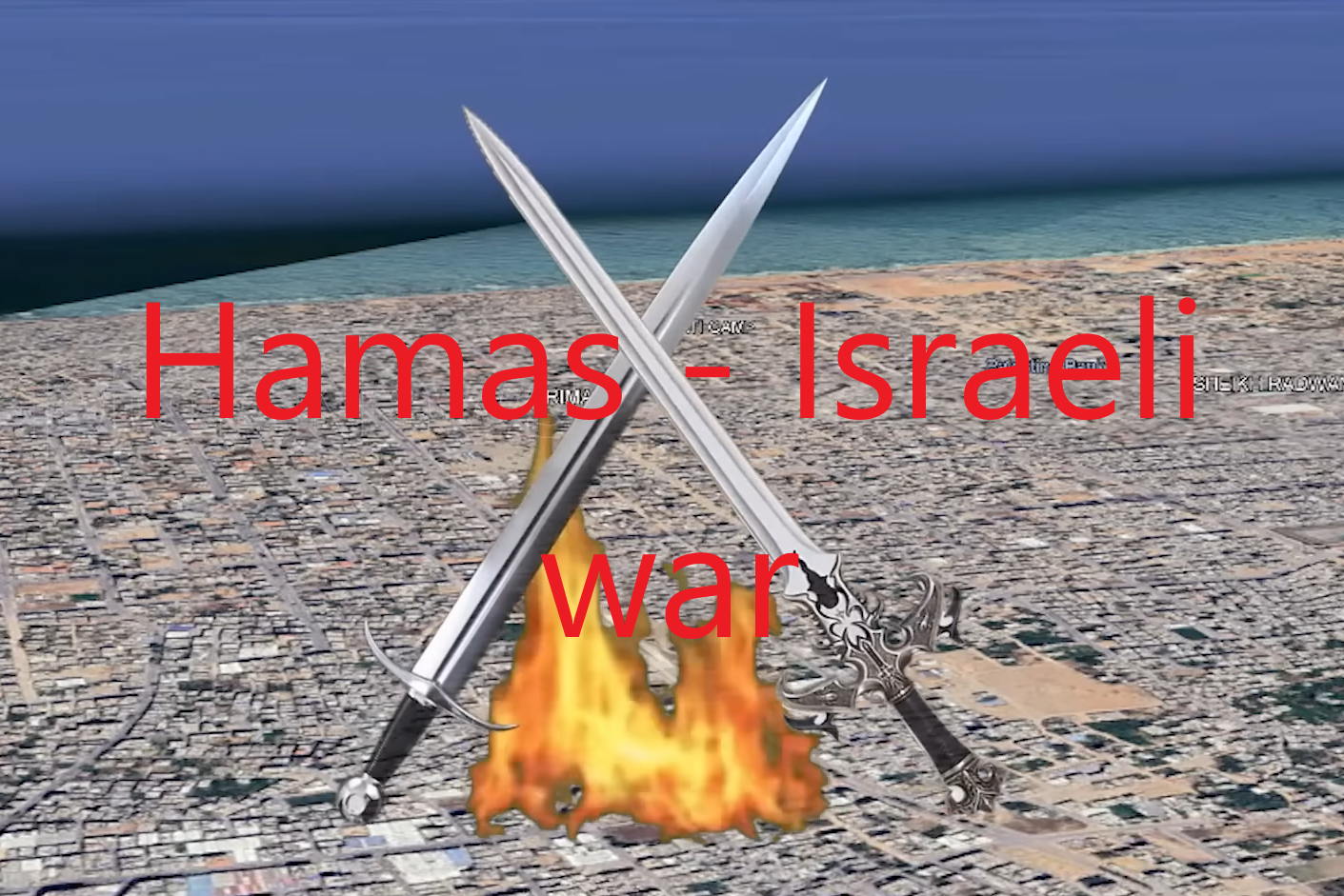

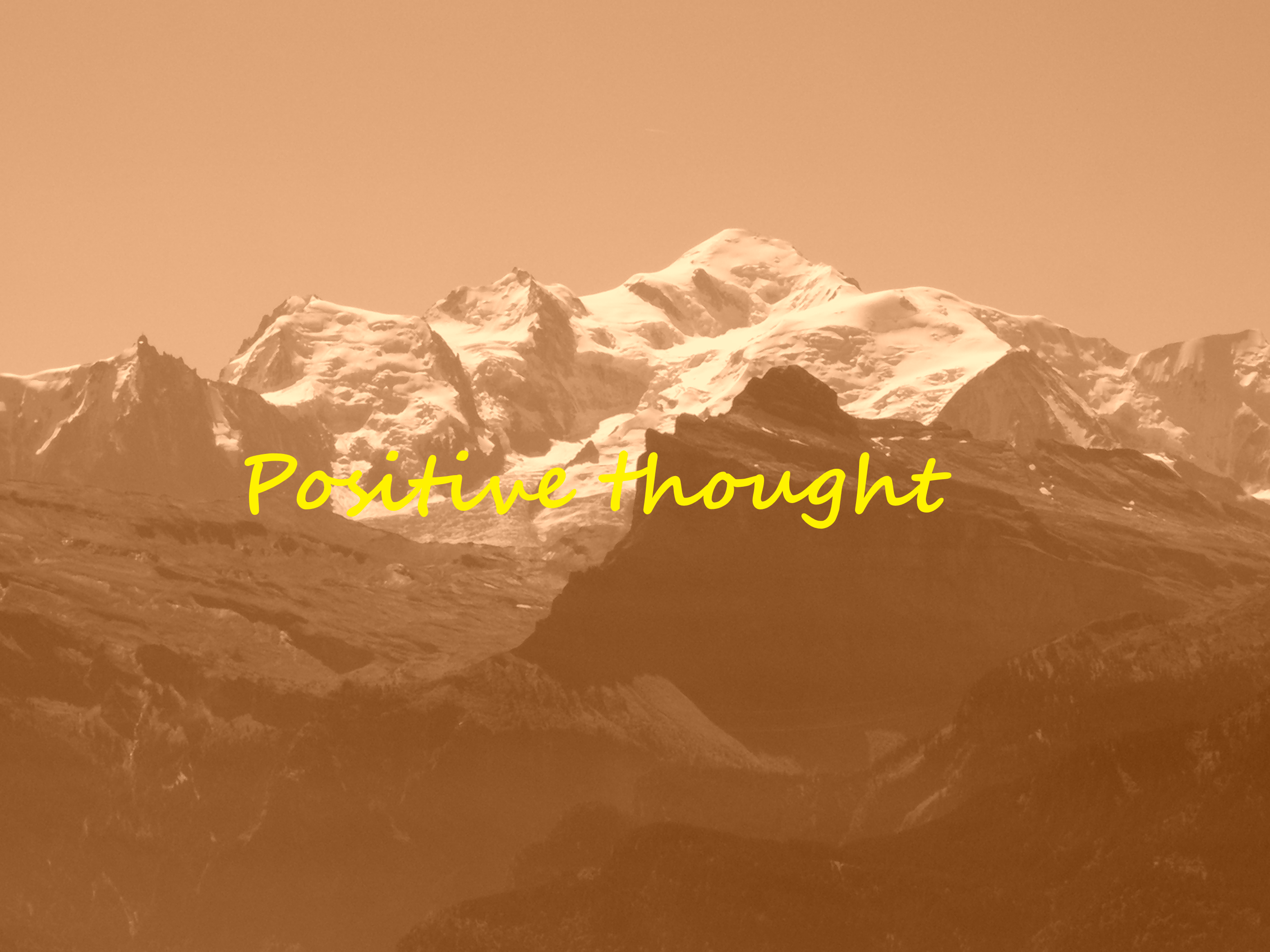



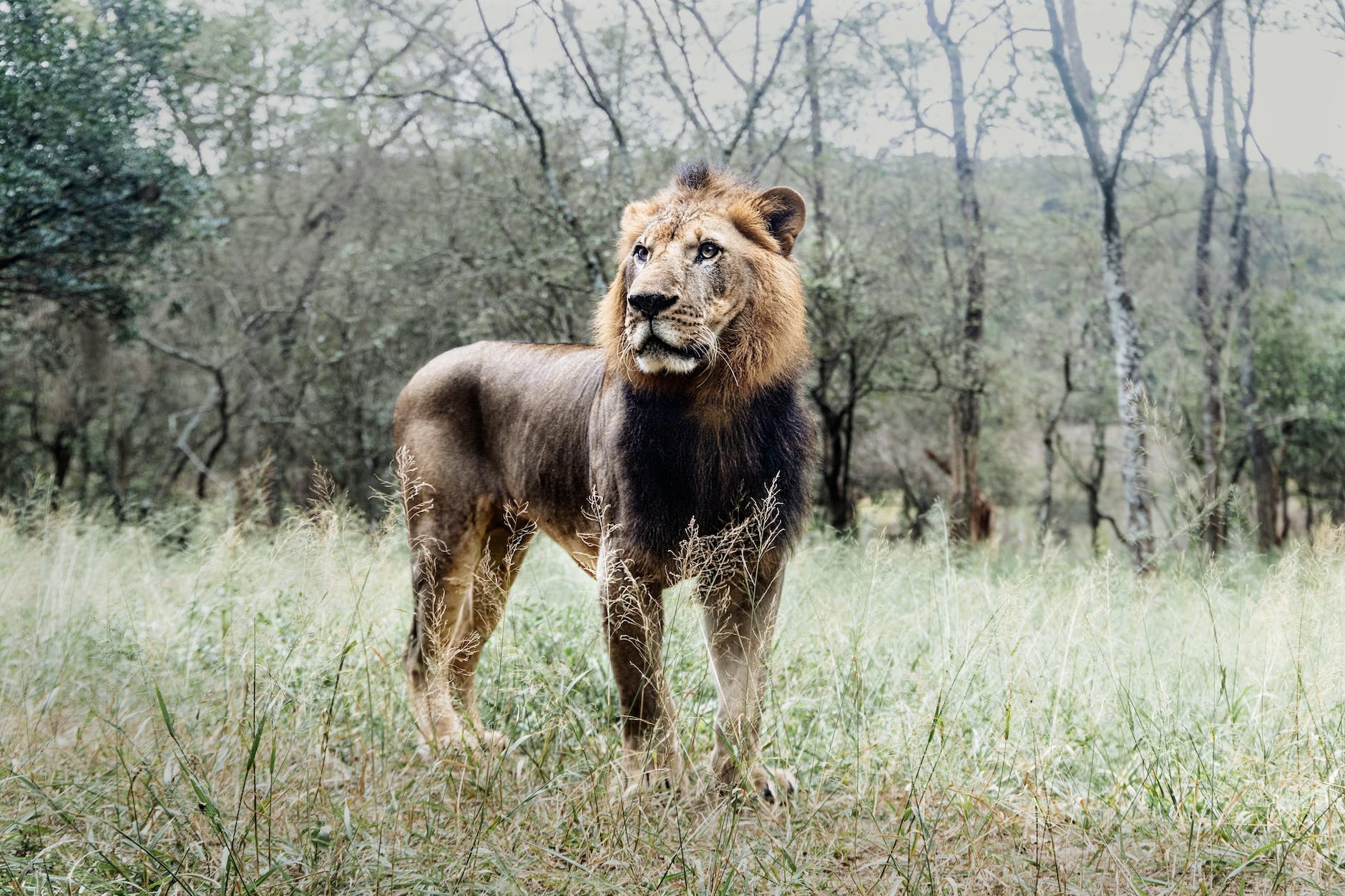
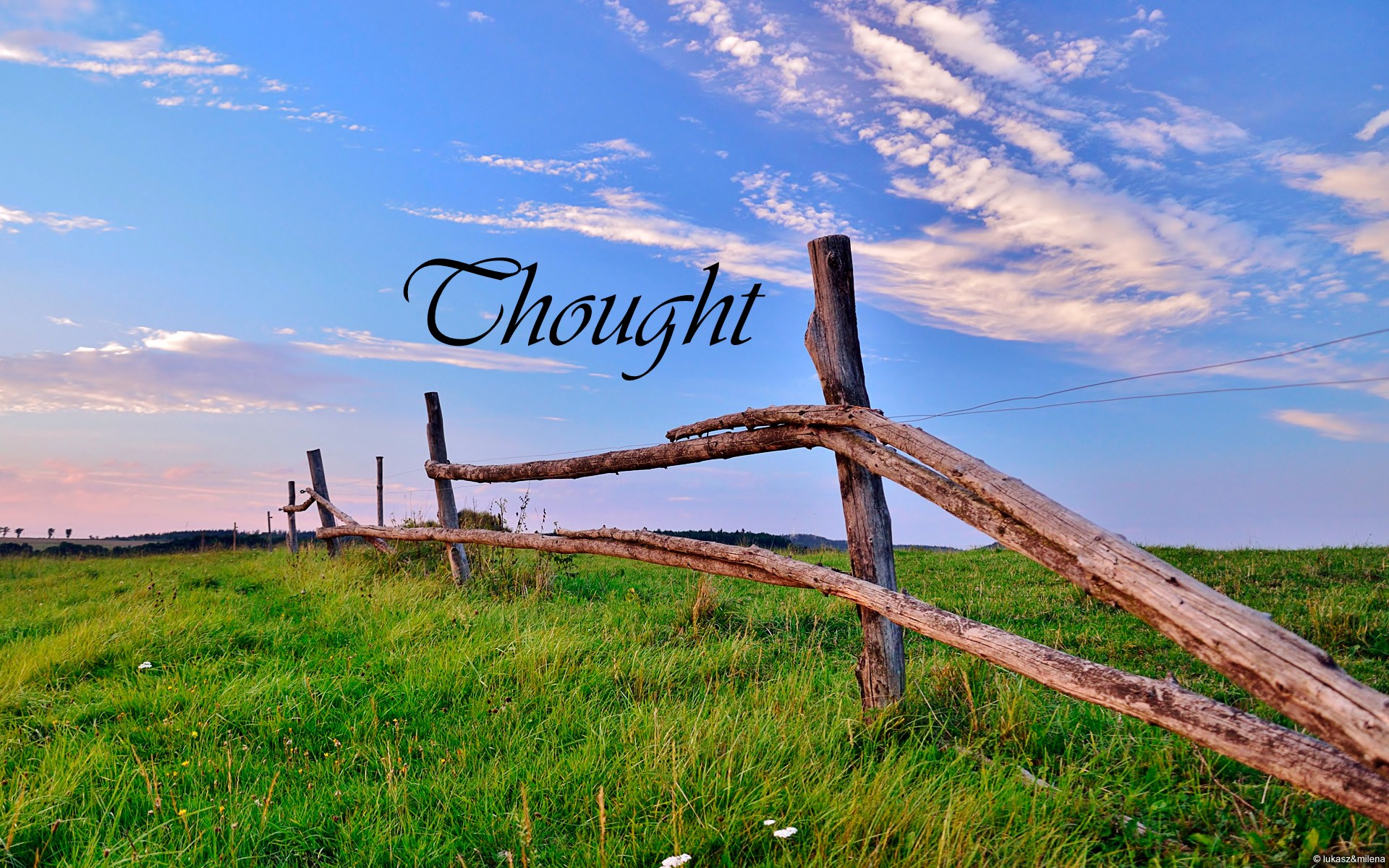
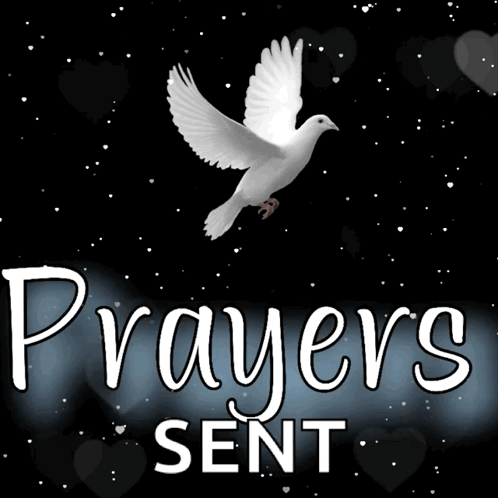


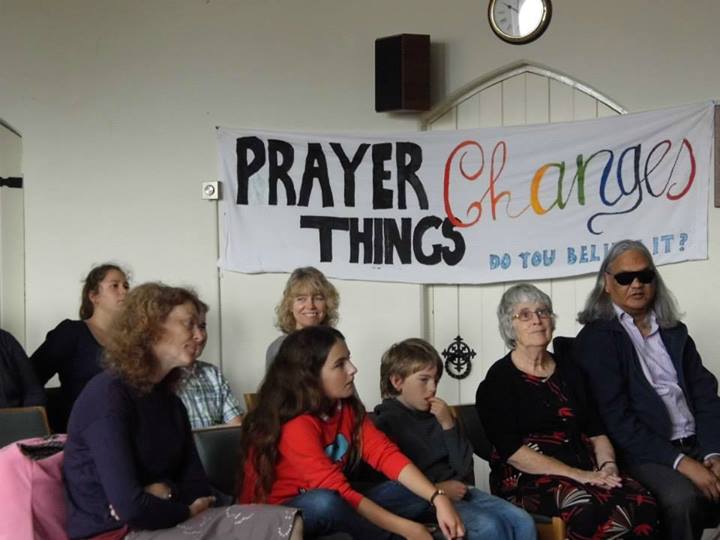

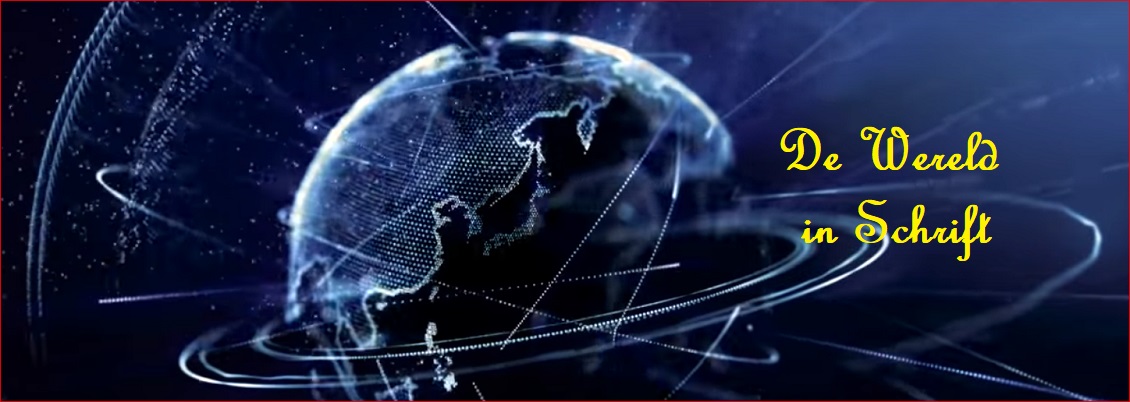



 Biblestudents – Bijbelstudenten
Biblestudents – Bijbelstudenten 0 + Bloggers for Peace
0 + Bloggers for Peace Free Christadelphian Ecclesia
Free Christadelphian Ecclesia Hoop tot Leven – Redding in Christus
Hoop tot Leven – Redding in Christus Vrije Broeders in Christus (Free Flemish Christadelphians on Wordpress)
Vrije Broeders in Christus (Free Flemish Christadelphians on Wordpress)















The situation at the Fukushima Daiichi nuclear powerplant in Japan, badly damaged during the extremely severe earthquake and tsunami there a week ago, continues to stabilise.
World Nuclear News reports that radiation levels have generally decreased across the plant, though they remain hazardous in the immediate area of reactors 2 and 3; levels also climb temporarily when technicians open valves to vent steam from the damaged cores in order to allow fresh seawater coolant to be pumped in, prompting teams to retreat before venting is carried out.
The Japanese Ministry of Health, Labour and Welfare has confirmed the presence of radioactive iodine contamination in food products measured in the Fukushima Prefecture, the area around the Fukushima Daiichi nuclear power plant. According to the latest data, the food products were measured from 16-18 March and indicated the presence of radioactive iodine. To date, no other radioactive isotopes have been shown to increase in the analysis of food products around Fukushima.
> http://www.iaea.org/newscenter/news/tsunamiupdate01.html
LikeLike
Pingback: Bad things no punishment from God « Christadelphian Ecclesia
Pingback: Facing disaster fatigue « Christadelphian Ecclesia
Pingback: Self inflicted misery and way out « Christadelphian Ecclesia
Pingback: Self inflicted misery #2 Weakness of human race « Christadelphian Ecclesia
Pingback: Self inflicted misery #9 Subject to worldly things « Christadelphian Ecclesia
Pingback: De nacht is ver gevorderd 2 Studie 1 Zijn het de laatste dagen? 2 Wat betekent dit alles? | Broeders in Christus
Pingback: Composted reads for the 3rd week of May 2022 – Some View on the World